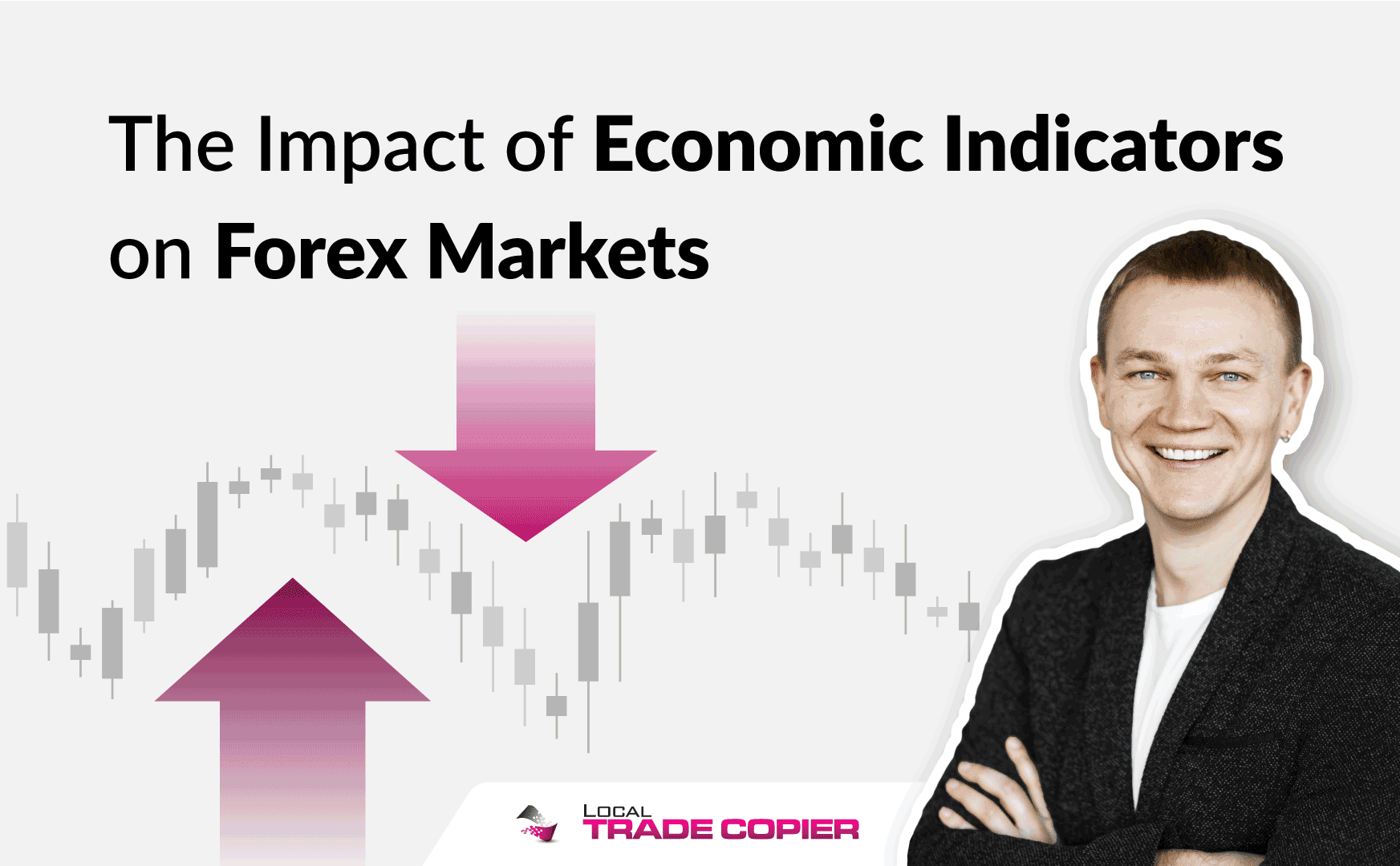
Welcome, fellow traders, to the thrilling world of forex markets, where currencies dance, and fortunes are made! In this article, we’ll delve into the fascinating realm of Economic Indicators on Forex Markets and how they wield their mighty influence on our currency trades. So, tighten your seatbelts, and let’s embark on this exhilarating journey together!
Understanding Forex Markets
Picture a bustling marketplace where currencies from around the globe meet and greet, engaging in a mesmerizing dance of exchange rates. This is the heart of forex markets, where traders like us come together to seek opportunities and ride the waves of currency fluctuations.
The Importance of Economic Indicators
What are Economic Indicators?
Think of economic indicators as vital signs, revealing the health of a nation’s economy. These critical data points are released by governments, central banks, and research institutions, providing valuable insights into economic performance.
Types of Economic Indicators
Economic indicators come in three main types: leading, lagging, and coincident. Leading indicators, like clairvoyants, offer glimpses into the future, indicating potential economic trends. Lagging indicators, as historians, reflect past economic performance. And coincident indicators, like current observers, provide real-time snapshots of the economy.
Impact of Economic Indicators on Forex Markets
Interest Rates
In the forex realm, interest rates are similar to a nation’s heartbeat, strongly influencing currency valuations. When interest rates rise, foreign investors flock in, boosting the currency’s allure. Conversely, lower interest rates may lead to a dip in currency value.
Employment Data
Jobs are the lifeblood of any economy, and robust employment data sends ripples of excitement through forex markets. Positive job growth can elevate a currency’s worth as traders seek to ride the wave of a strong economy.
Gross Domestic Product (GDP)
GDP, the grand sum of a nation’s economic output, has a powerful impact on forex markets. A rising GDP often strengthens the currency, as investors view a thriving economy with optimism.
Consumer Price Index (CPI)
The CPI acts as a temperature gauge, measuring inflation levels. When inflation rises, the currency’s purchasing power erodes, potentially affecting its value.
Trade Balance
Imagine the trade balance as a balancing act on the forex tightrope. A trade surplus (more exports than imports) can boost the currency’s standing, while a trade deficit (more imports than exports) may cause it to waver.
Retail Sales
Retail sales data, a window into consumer spending patterns, reflects the overall health of an economy. Strong retail sales can lift a currency’s spirit, while sluggish sales may dampen its appeal.
How Traders Use Economic Indicators
As seasoned traders, we analyze economic indicators like detectives on a thrilling case. We observe the data, searching for clues and patterns that will inform our trading decisions. Surprises in the data provide us with opportunities to seize the moment and make strategic moves.
Factors Affecting the Impact of Economic Indicators
The forex world is not a simple equation; it’s a symphony of factors that contribute to market movements:
Market Expectations
Imagine the forex market as a theater where expectations take center stage. If economic data aligns with predictions, the impact may be moderate. However, significant deviations can send shockwaves through the market.
Geopolitical Events
Geopolitics adds a dash of unpredictability to the forex mix. Political events and developments can overshadow economic indicators, altering the market’s course.
Central Bank Policies
Central banks are like conductors, guiding the forex orchestra with their monetary policies. Decisions on interest rates and other measures can set the market’s tempo.
The Concept of Perplexity in Forex Trading
Perplexity is like a thrilling plot twist in a forex adventure. As traders, we navigate through uncertainty, adapting our strategies to ever-changing economic landscapes.
Balancing Risks and Rewards
Like tightrope walkers, we carefully manage risks while seeking profitable opportunities, balancing our steps with caution and confidence.
Adapting to Changing Economic Conditions
In the ever-evolving forex landscape, we adjust our strategies like chameleons, ready to tackle whatever the market throws our way.
The Role of Burstiness in Forex Markets
Burstiness brings an element of surprise to the forex realm, causing sudden spikes of excitement.
Dealing with Market Volatility
Volatility is our storm to weather, and we prepare with protective measures like seasoned sailors facing turbulent seas.
Strategies for Managing Burstiness
We deploy an arsenal of strategies, such as stop-loss orders and hedging, to navigate the stormy waters of volatility.
Conclusion
Dear fellow traders, you’ve now unlocked the secrets of Economic Indicators on Forex Markets and their captivating impact on our thrilling trades. Armed with this knowledge, you’re better prepared to conquer the dynamic world of forex trading, embracing its challenges and reaping its rewards.
FAQs
1. How often are economic indicators released?
Ans: Economic indicators follow their schedules, varying from monthly to quarterly or annually, depending on the indicator and the country.
2. Can a single economic indicator cause a long-term trend in the forex market?
Ans: While individual economic indicators may cause short-term fluctuations, long-term trends are usually influenced by a combination of multiple economic factors.
3. What are the most widely traded currency pairs in forex markets?
Ans: Some of the most popular currency pairs include EUR/USD, USD/JPY, GBP/USD, and USD/CHF – the stars of the forex stage!
4. How can traders prepare for high-impact economic releases?
Ans: To brave the storm of volatile market conditions, traders employ risk management techniques, avoid excessive leverage, and closely monitor economic calendars.
5. Are economic indicators the only drivers of forex market movements?
Ans: No, forex market movements are influenced by a symphony of factors, including geopolitical events, central bank decisions, and overall market sentiment.